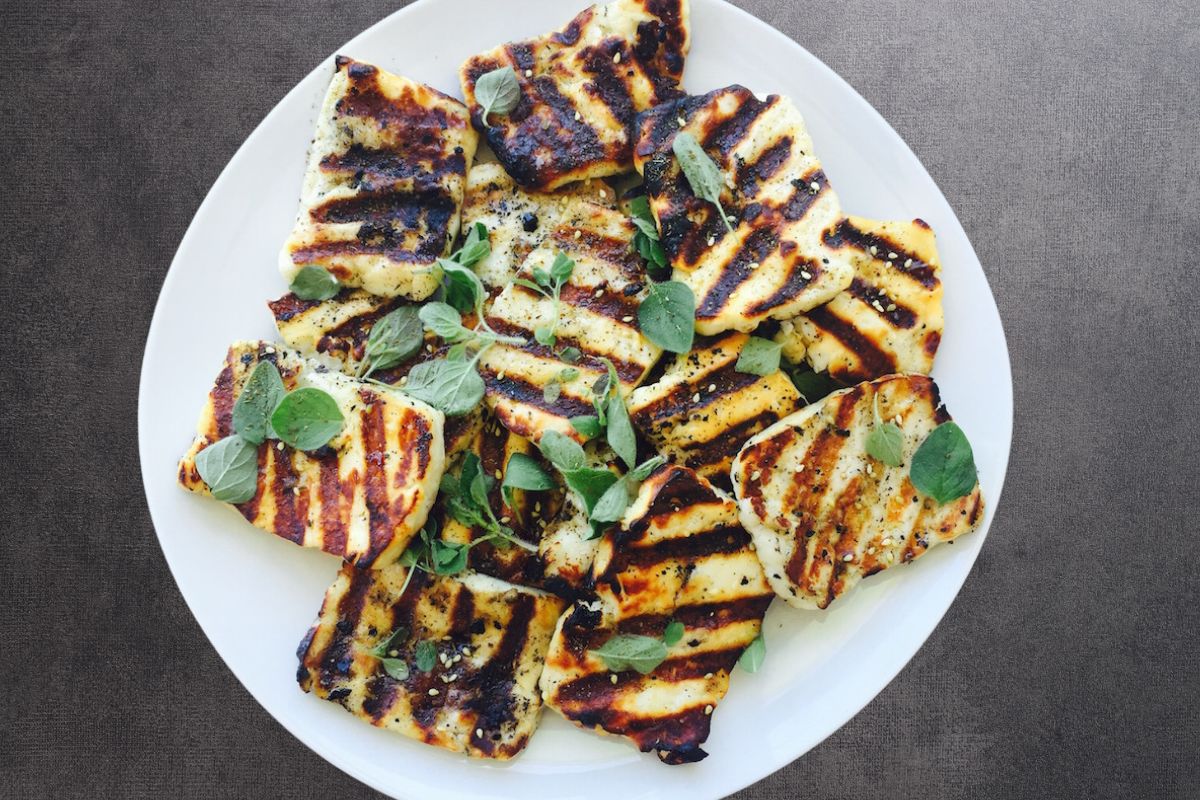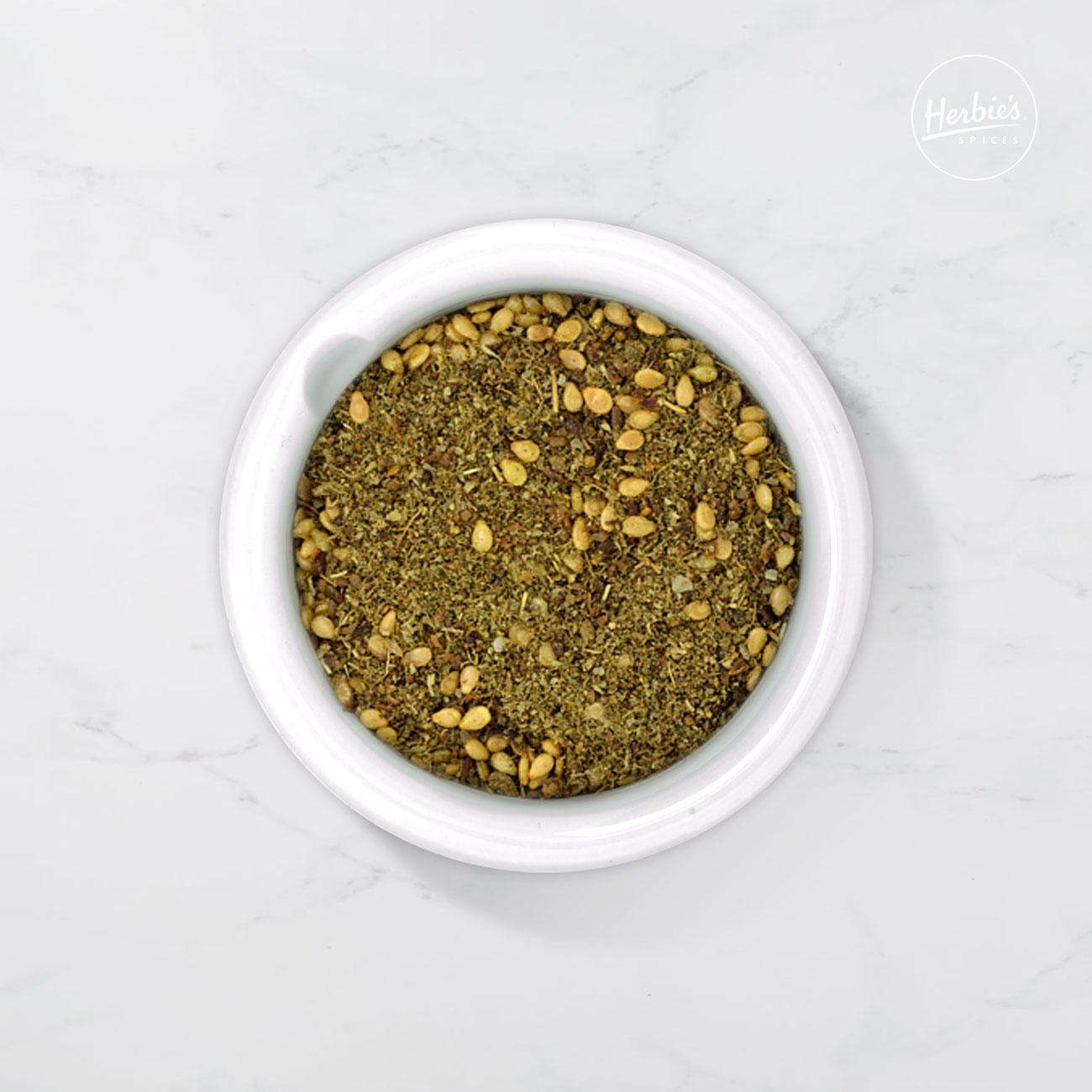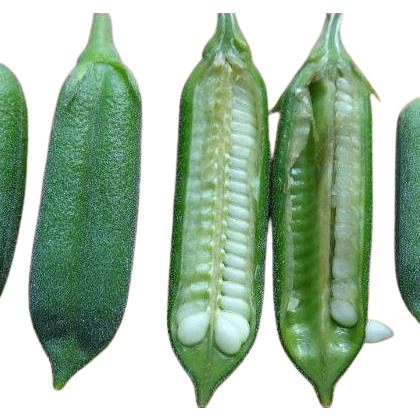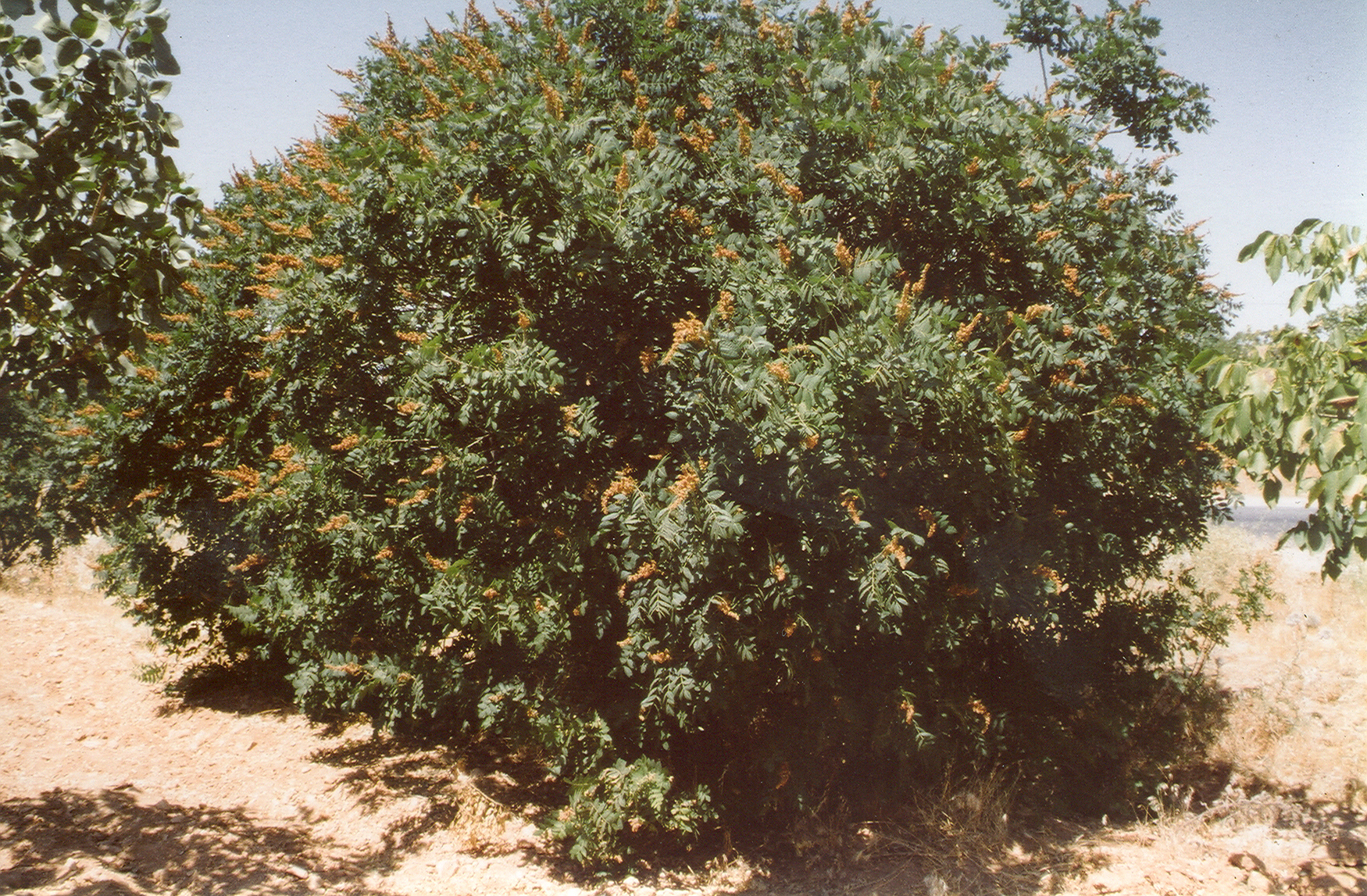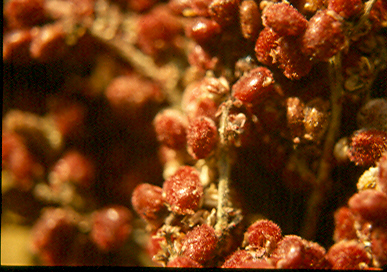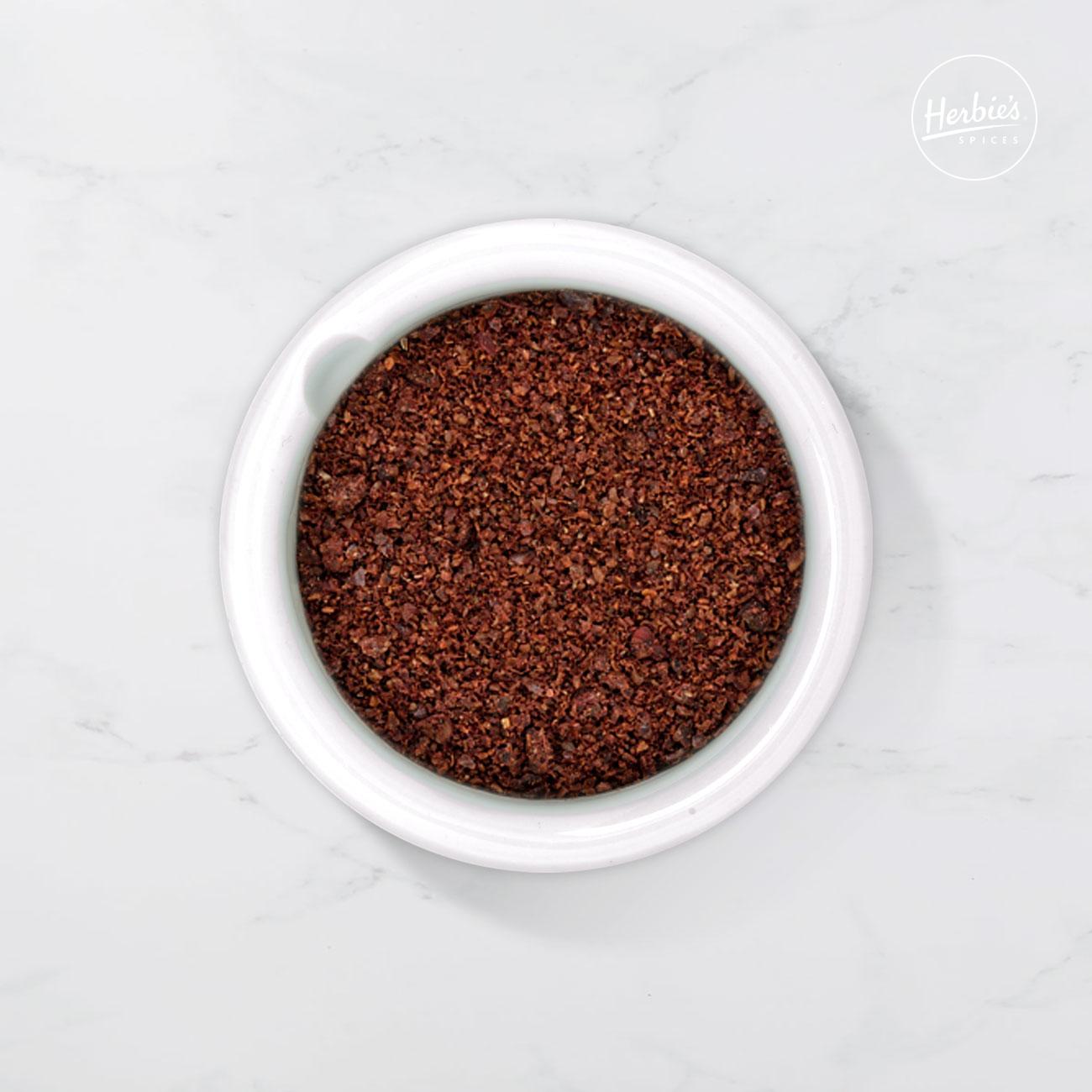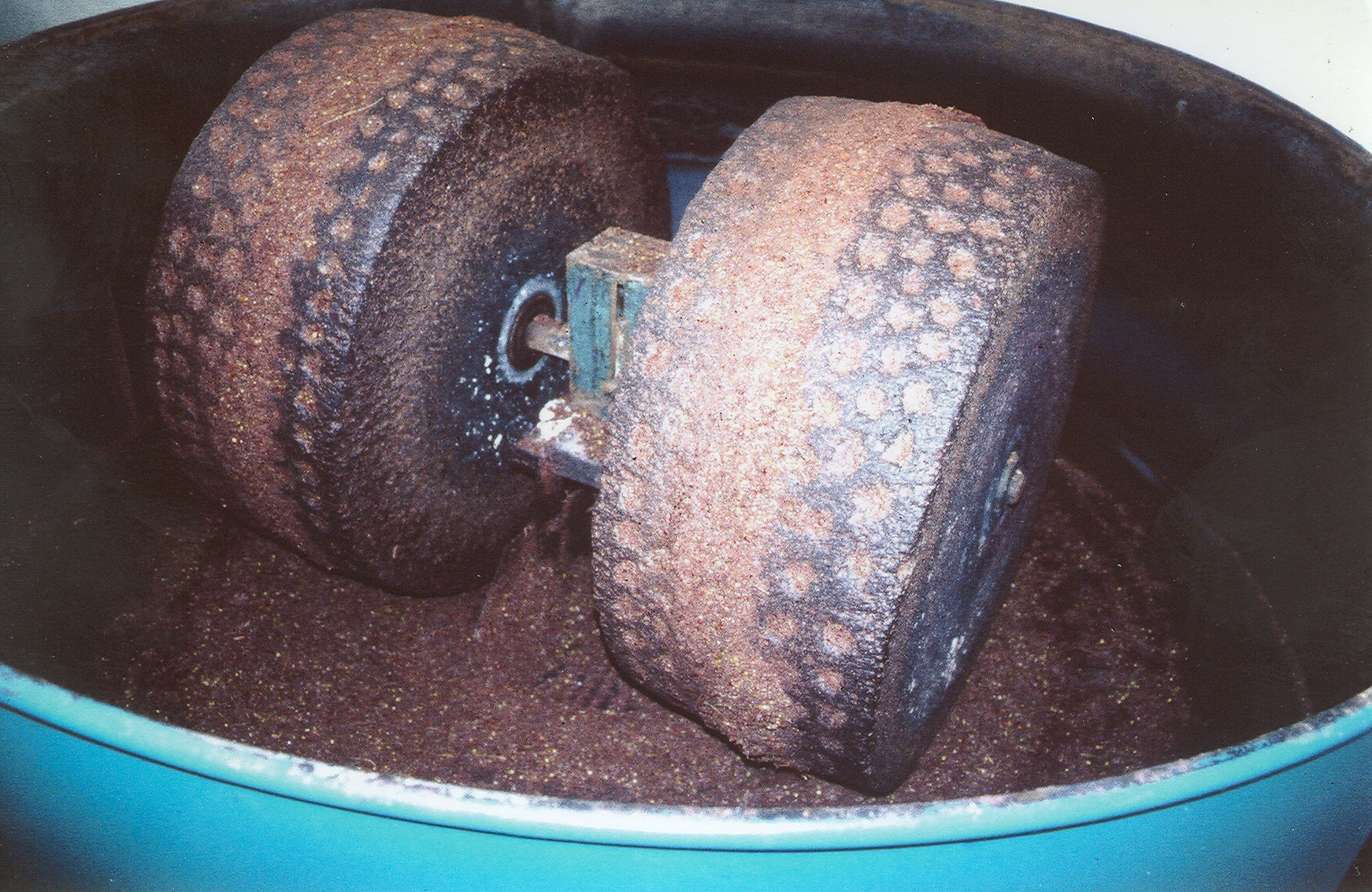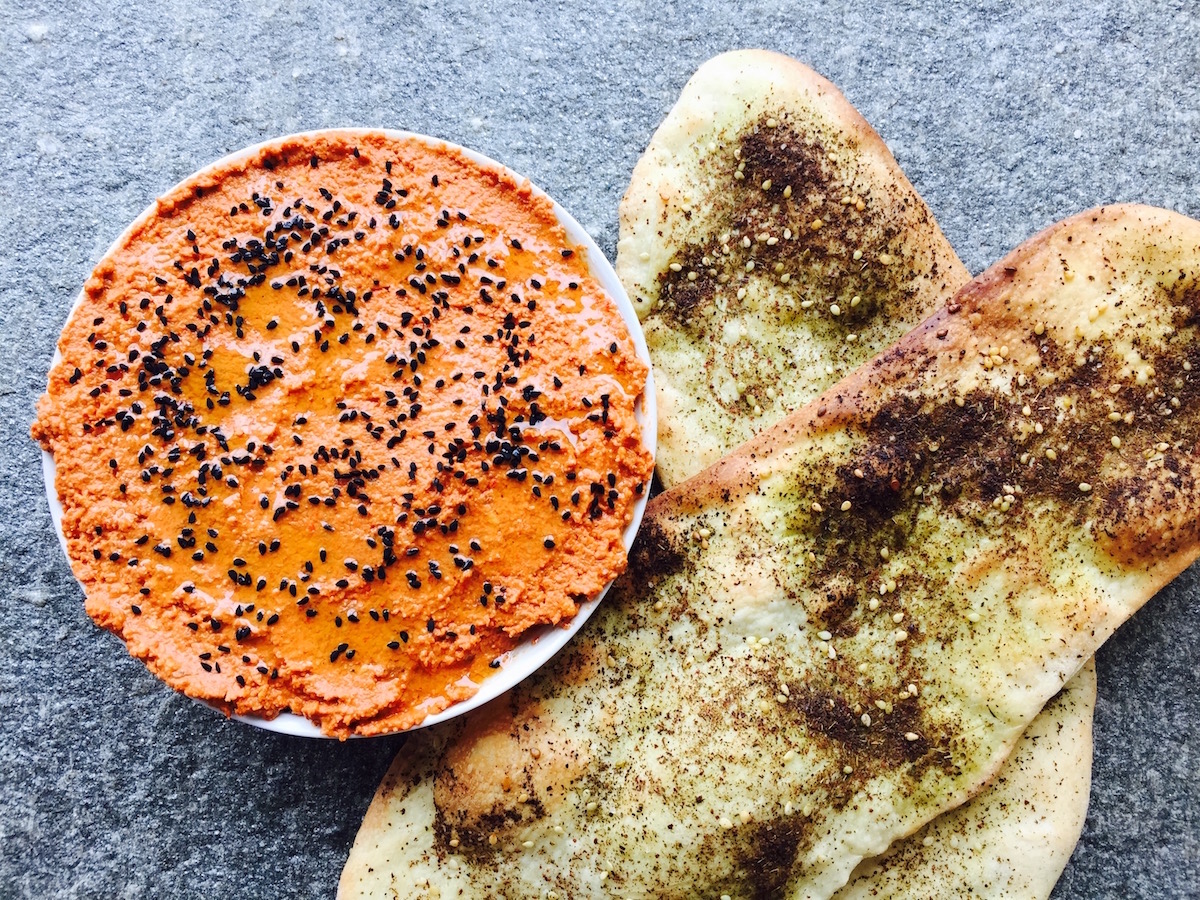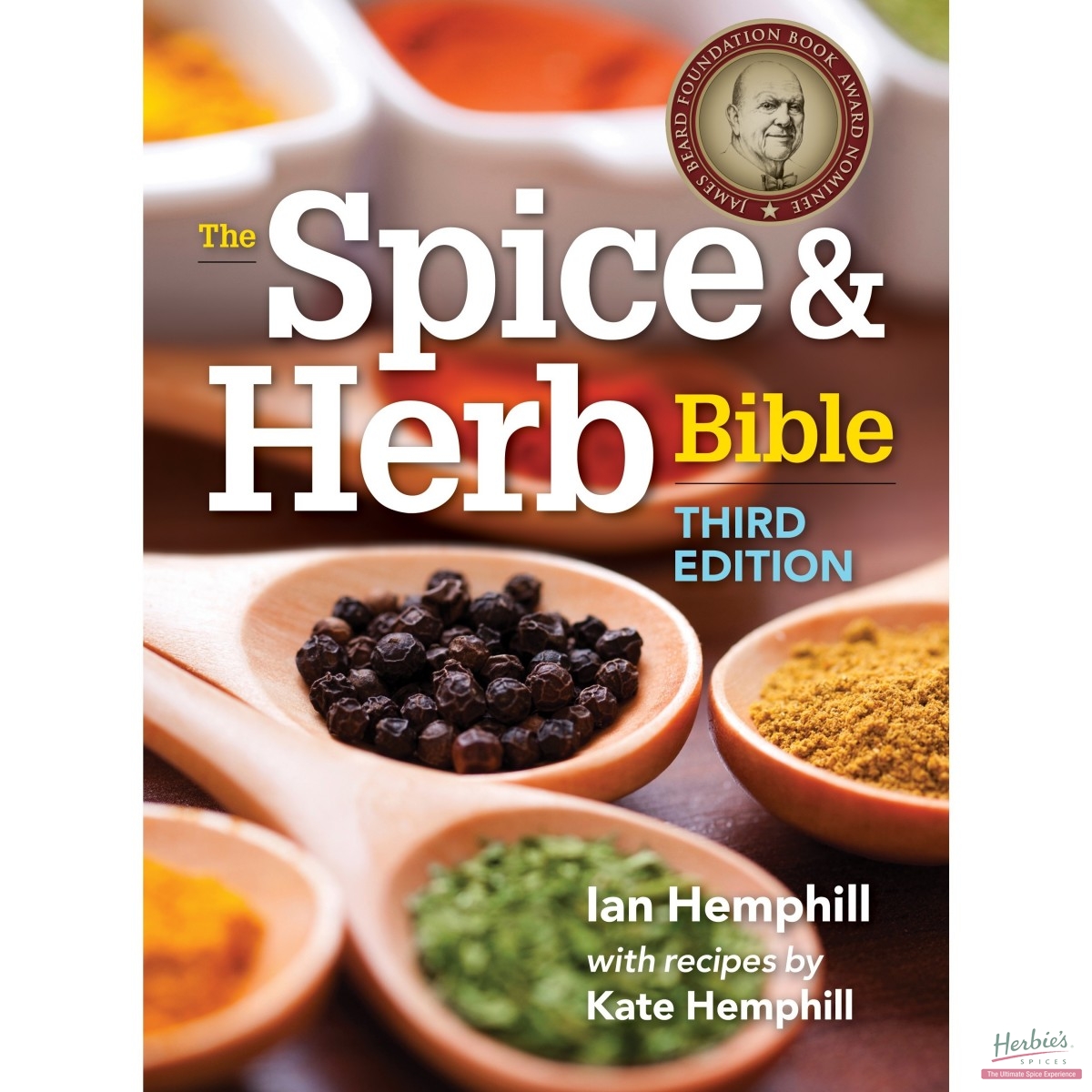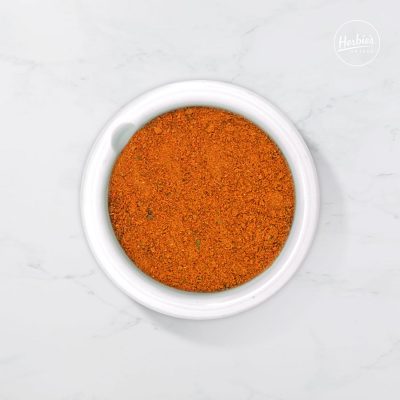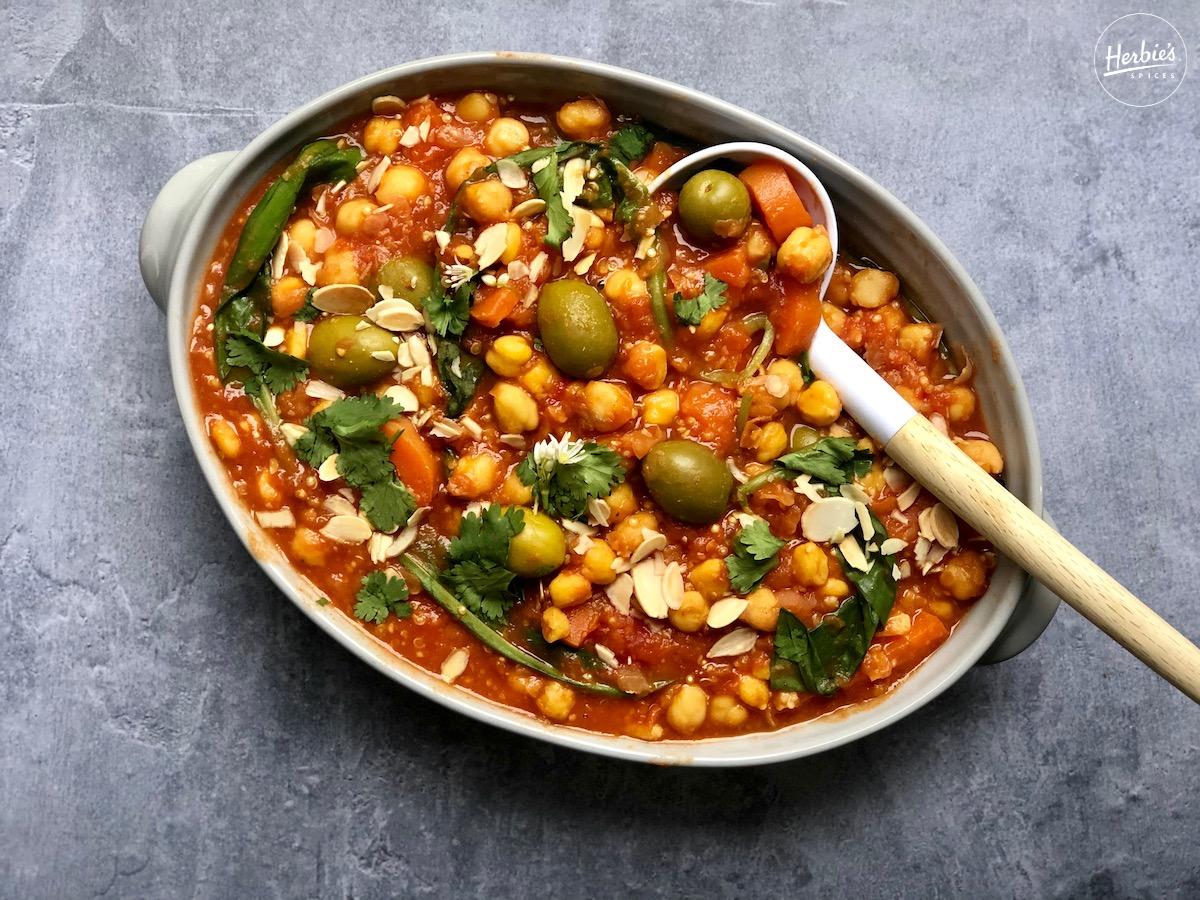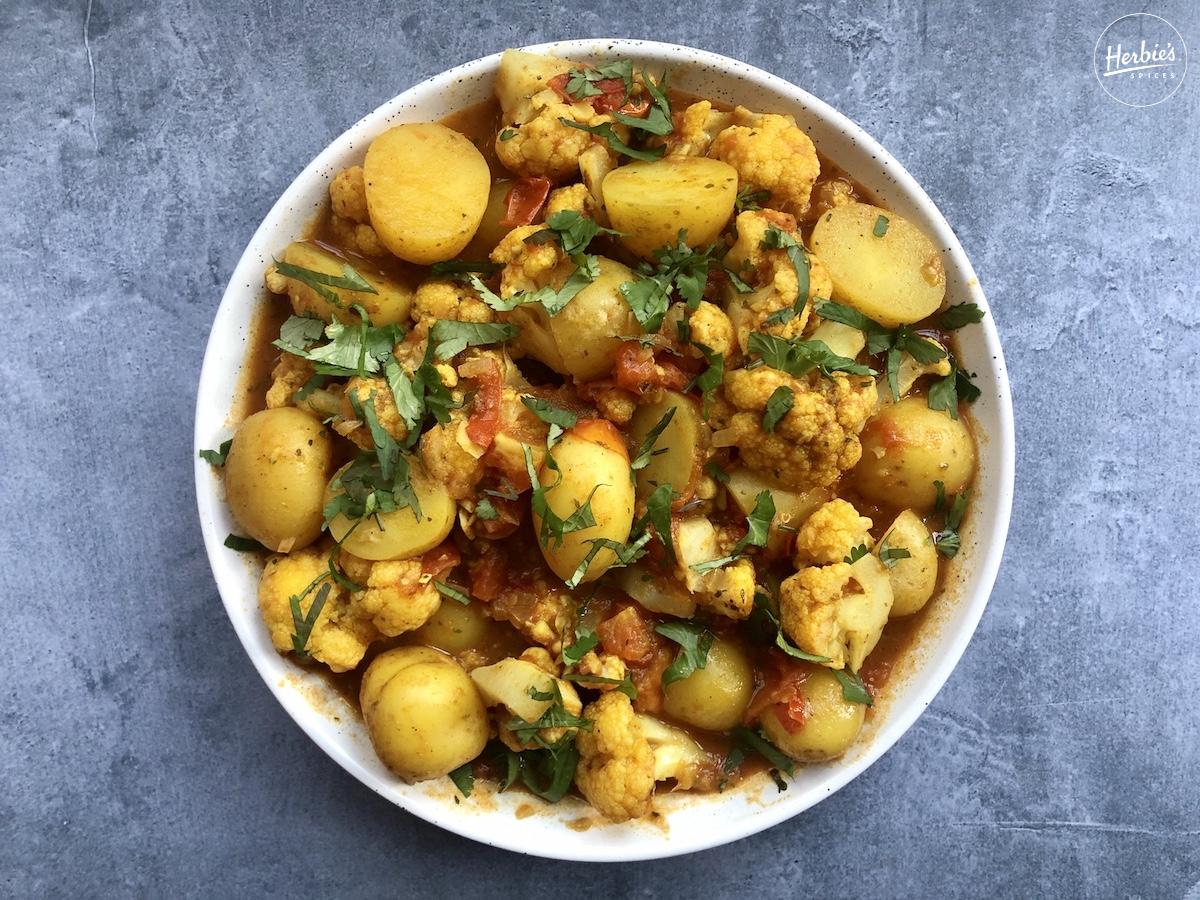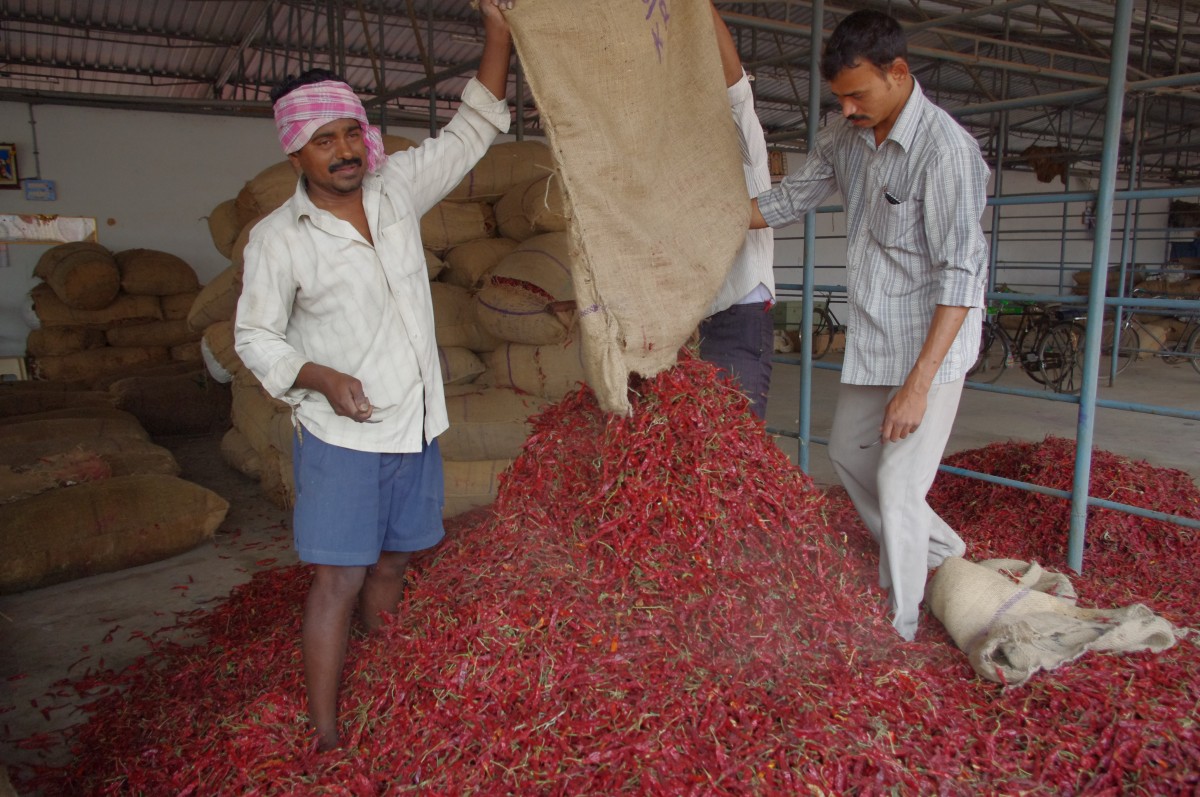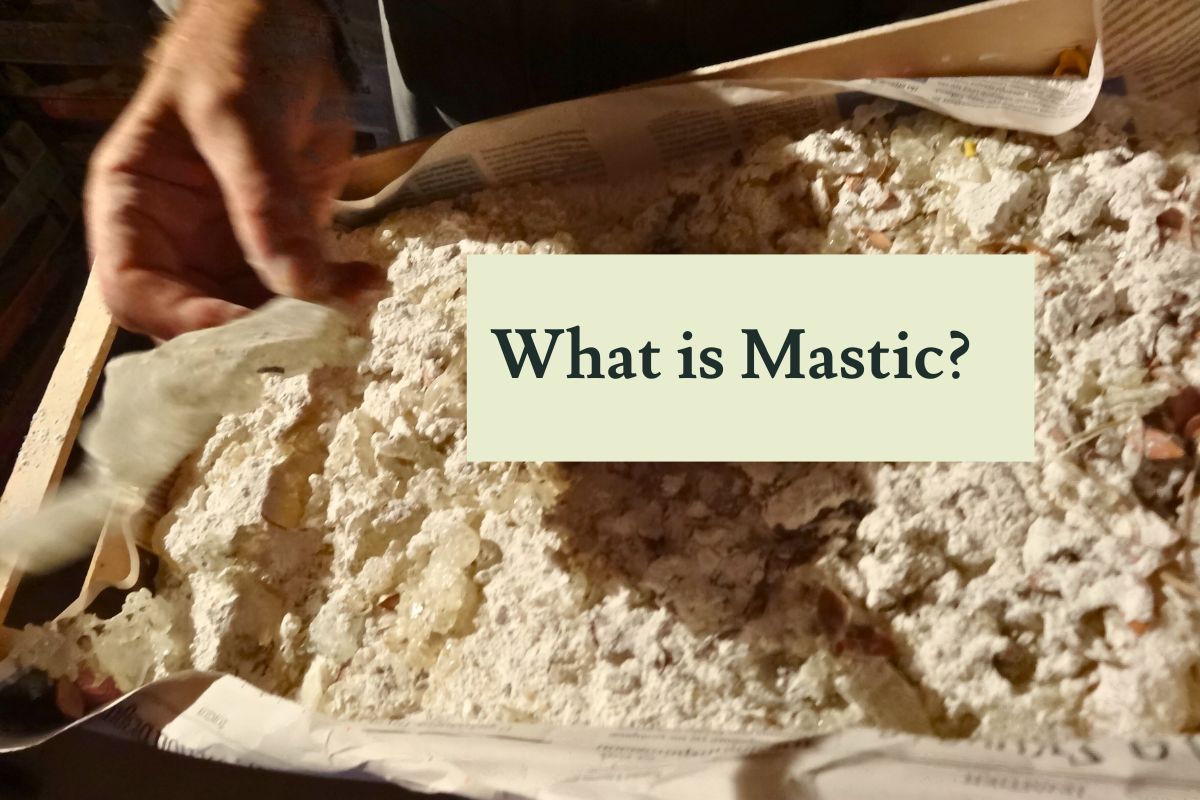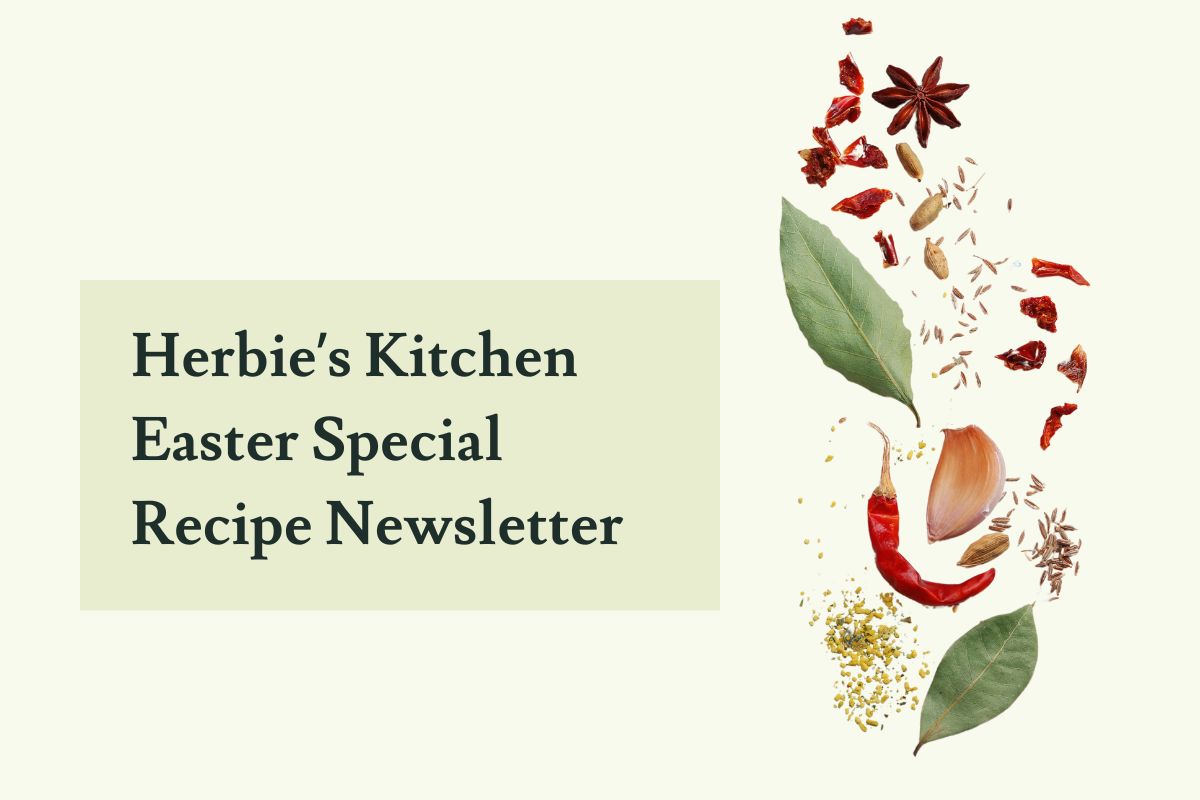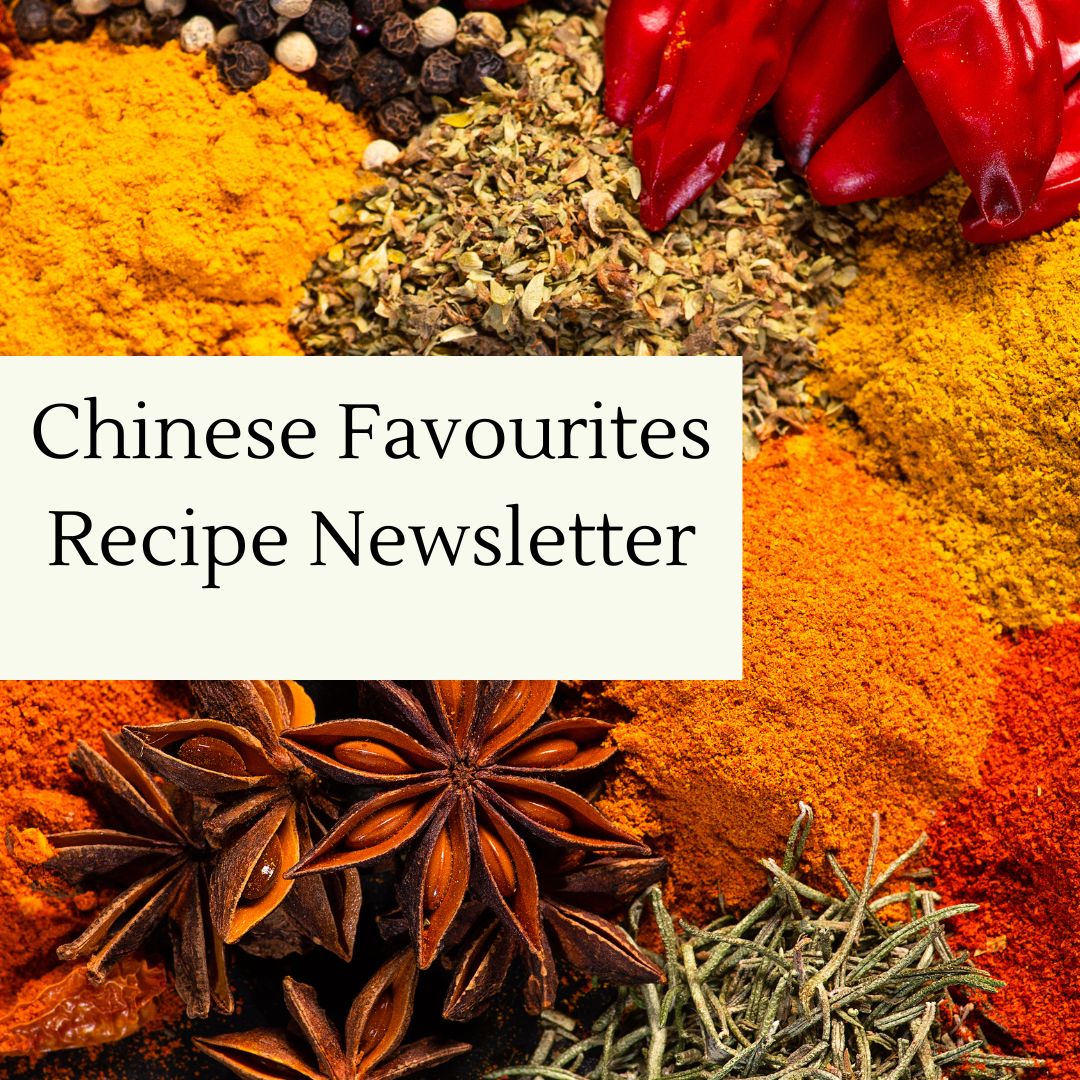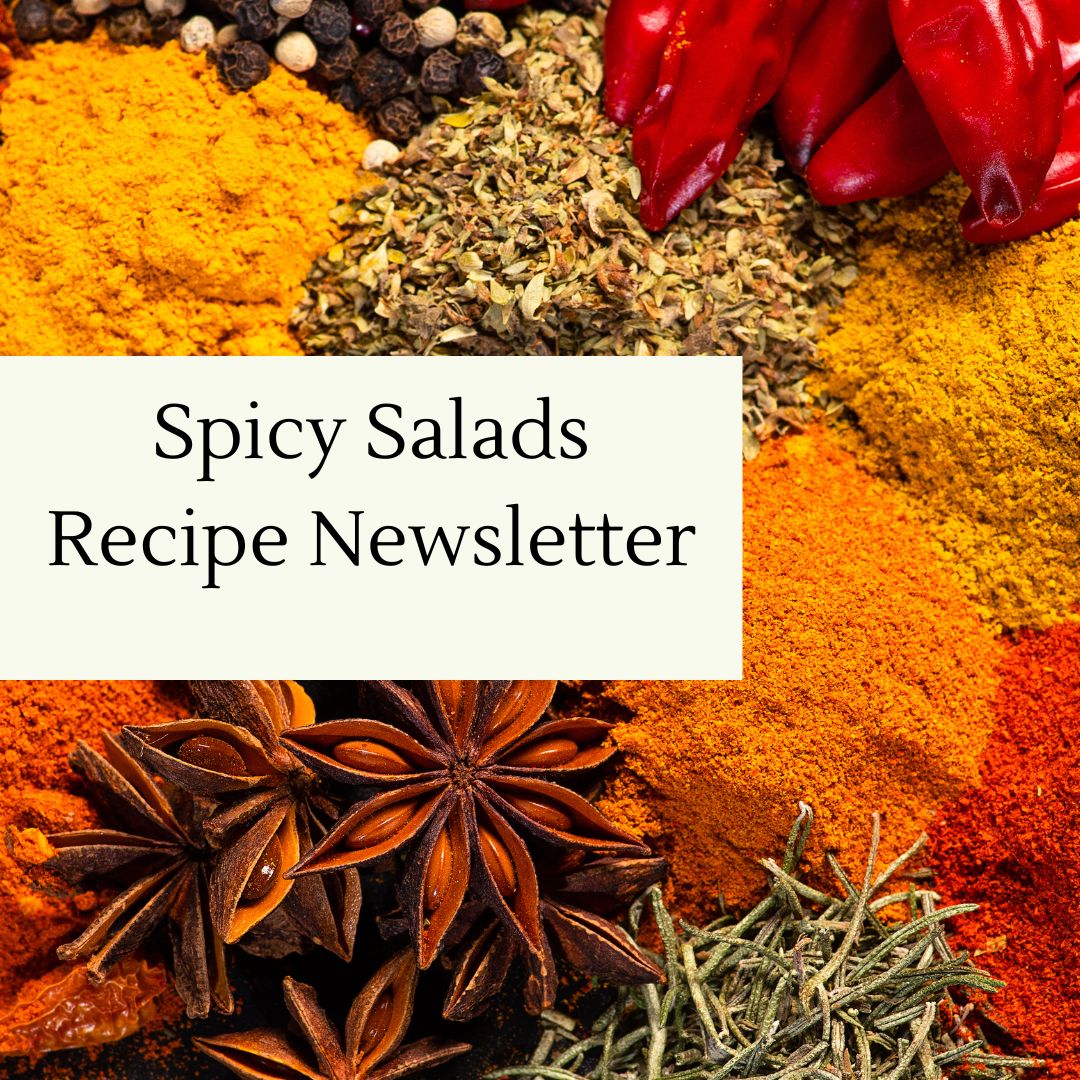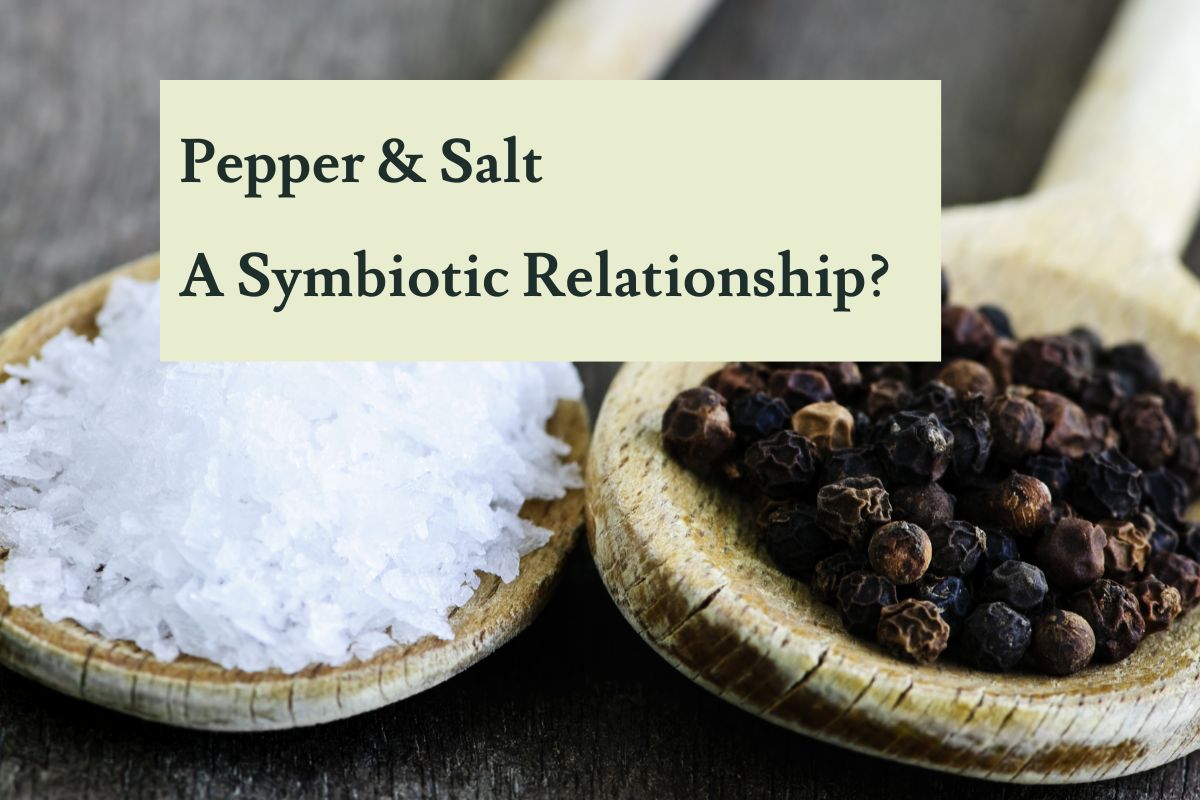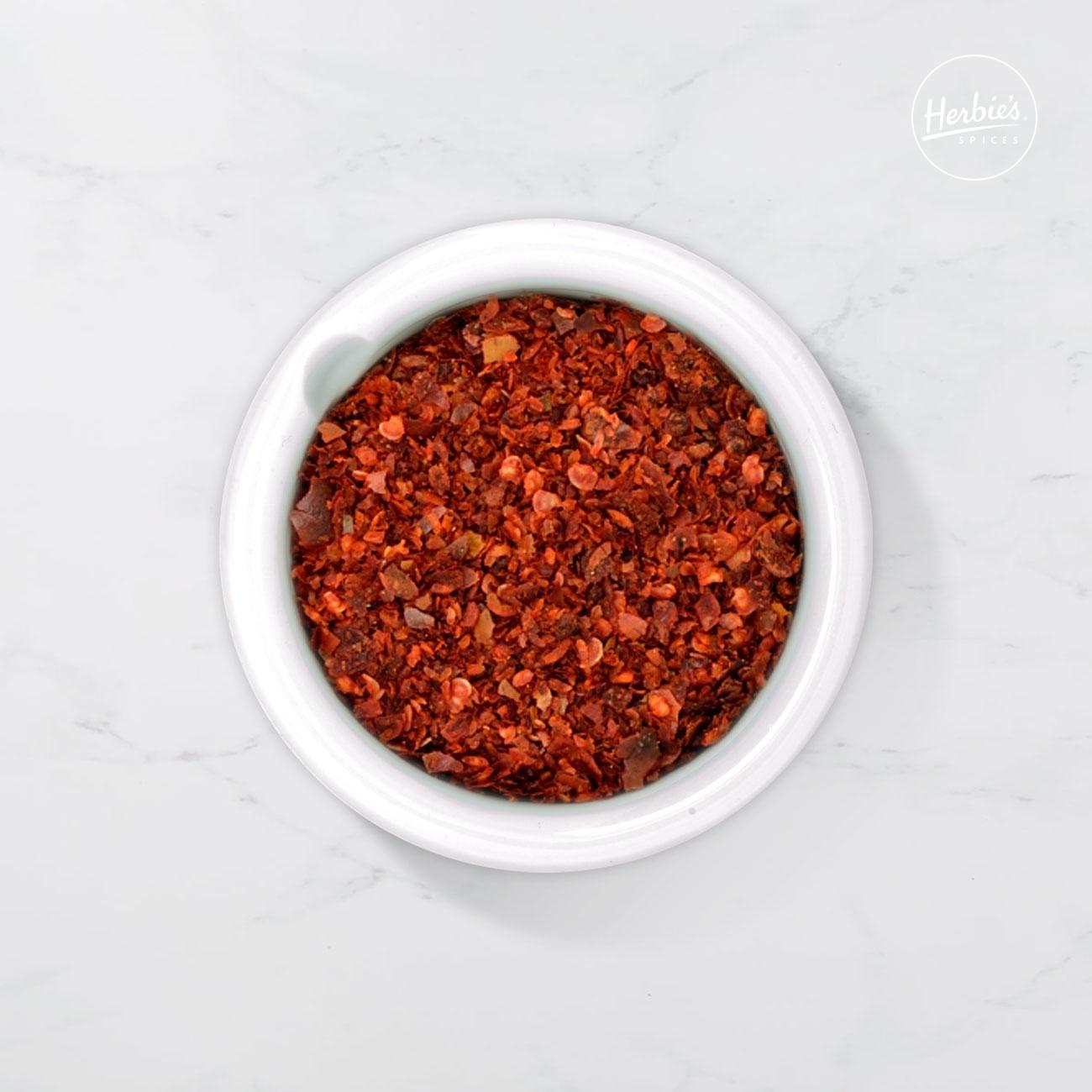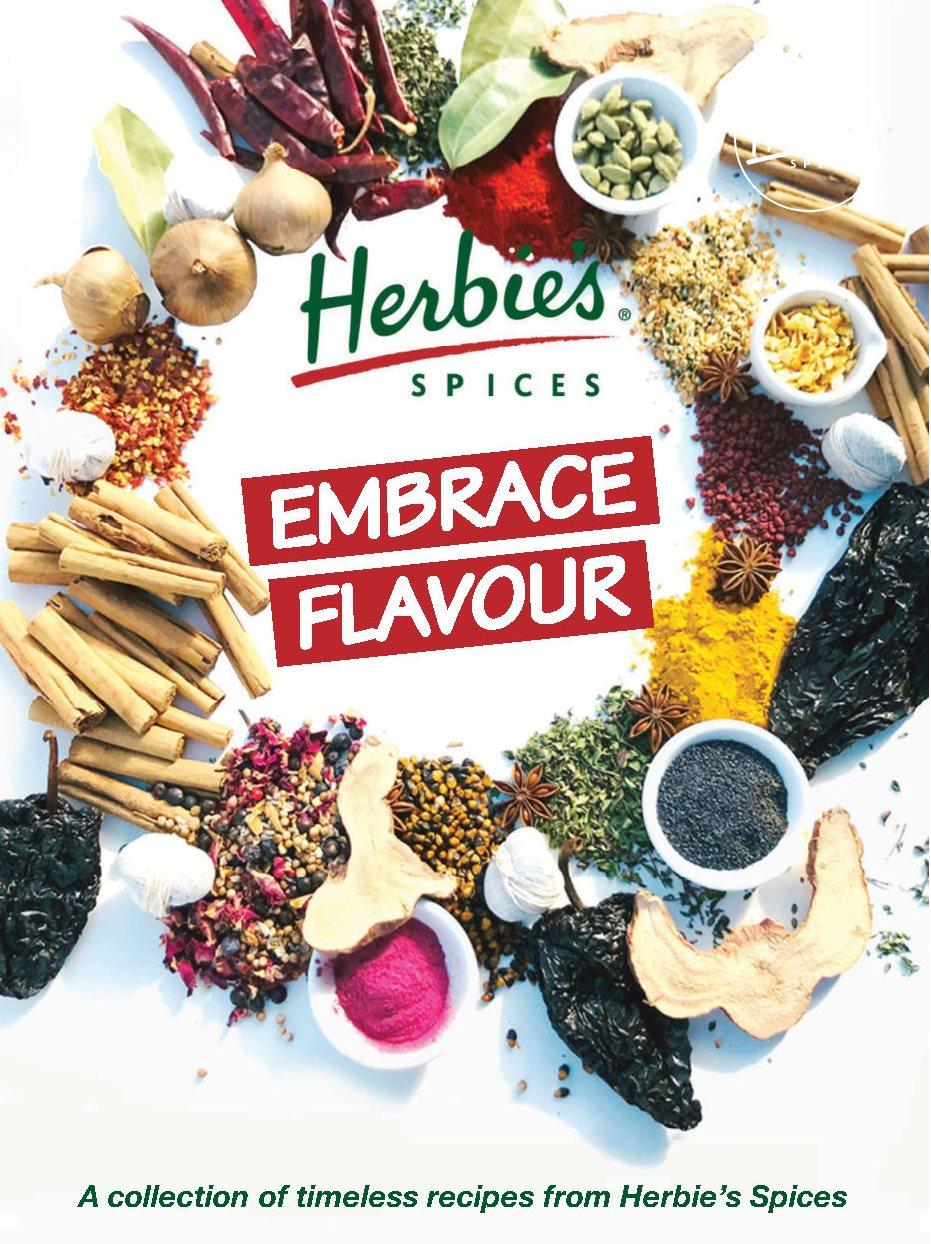When we developed our Za’atar blend we looked at traditional ingredients of thyme, sesame, sumac and salt. Then, to add extra balance as thyme is a very strong flavour, we included parsley and oregano. As with all spice blends, the quality is governed by the quality of the ingredients used.
Sumac is the hero in this blend, and it is crucial to use only sumac produced from the thin skin that surrounds the seed. Naturally we use the best thyme leaves, plus gently toasted, naturally-hulled sesame seeds to deliver a pleasant nutty taste. The sesame plant is an erect annual that grows 1–1.8 m high, and may have either bushy growth or slender, unbranched stems. Its irregular, oval and long leaves are hairy on both sides. White, lilac or pink flowers are borne along its stems from quite low down, and are followed by the fruits or capsules. Sesame seeds are contained within these four-sided, oblong, 3 cm long capsules, that shatter and spread their contents when fully ripe, hence the saying “Open sesame”!
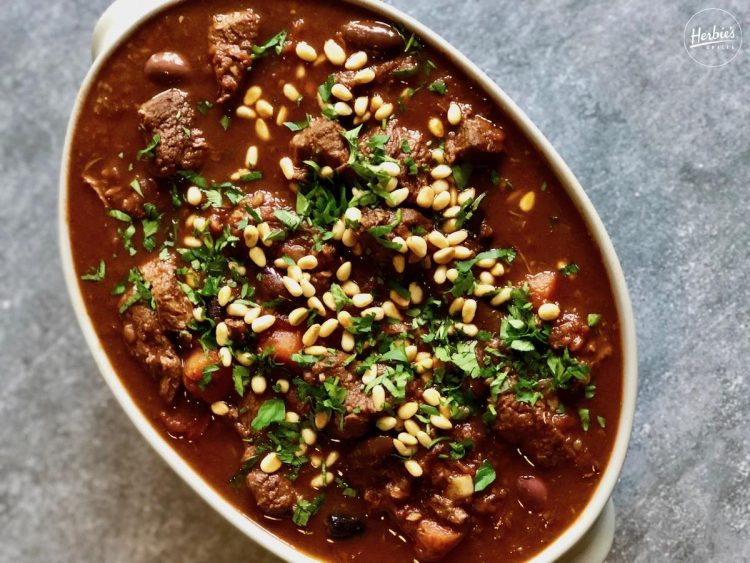 post
post


